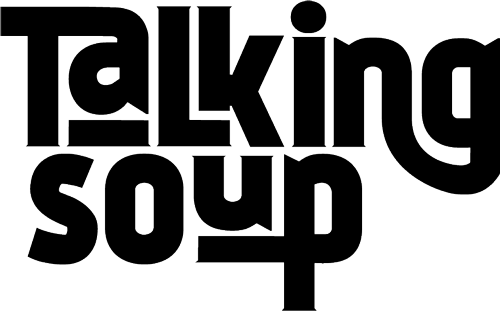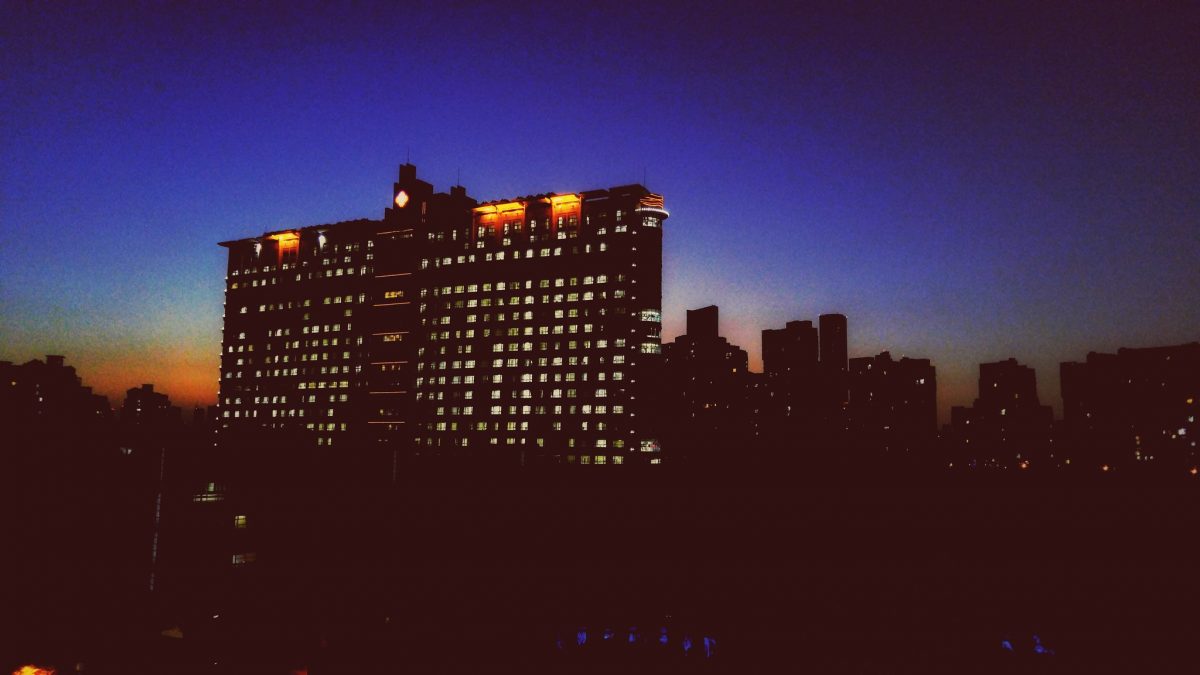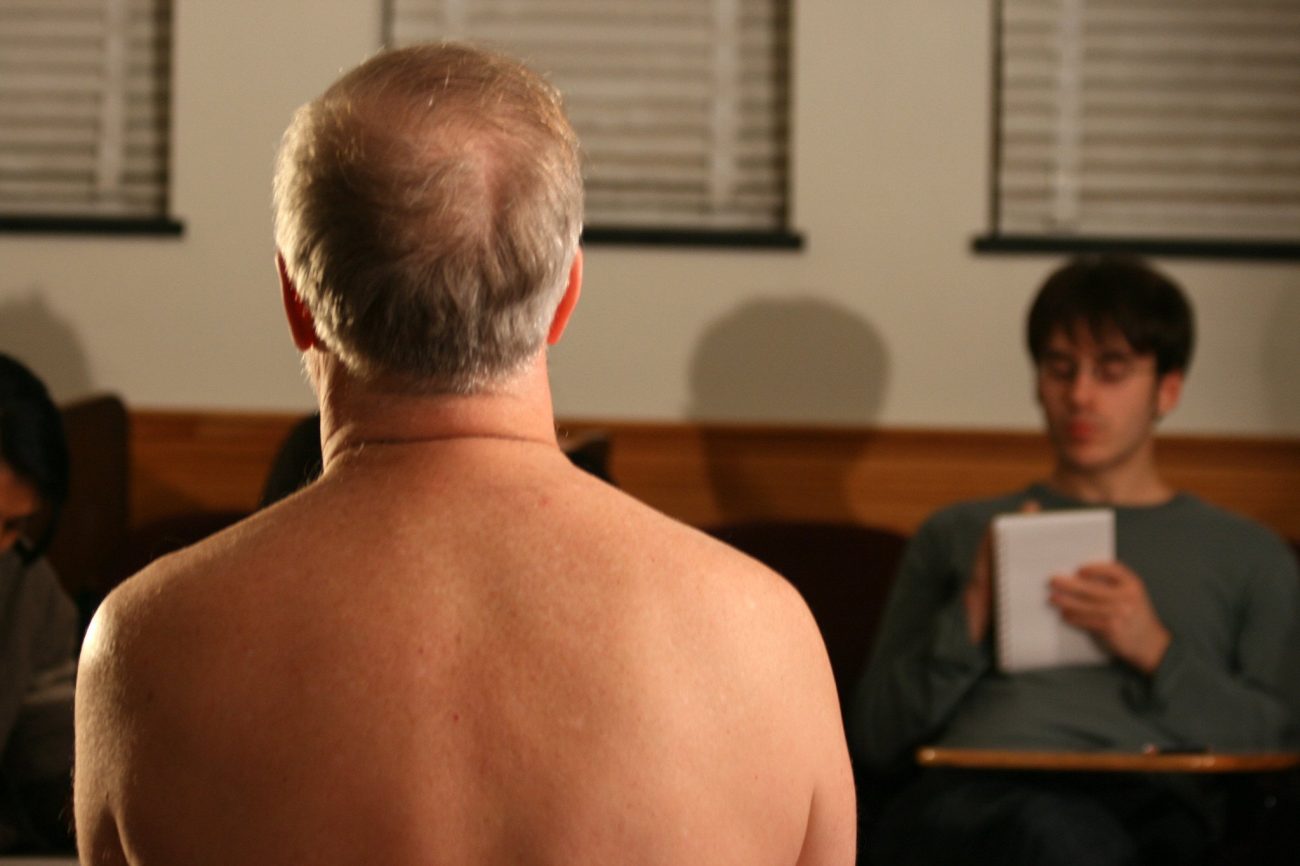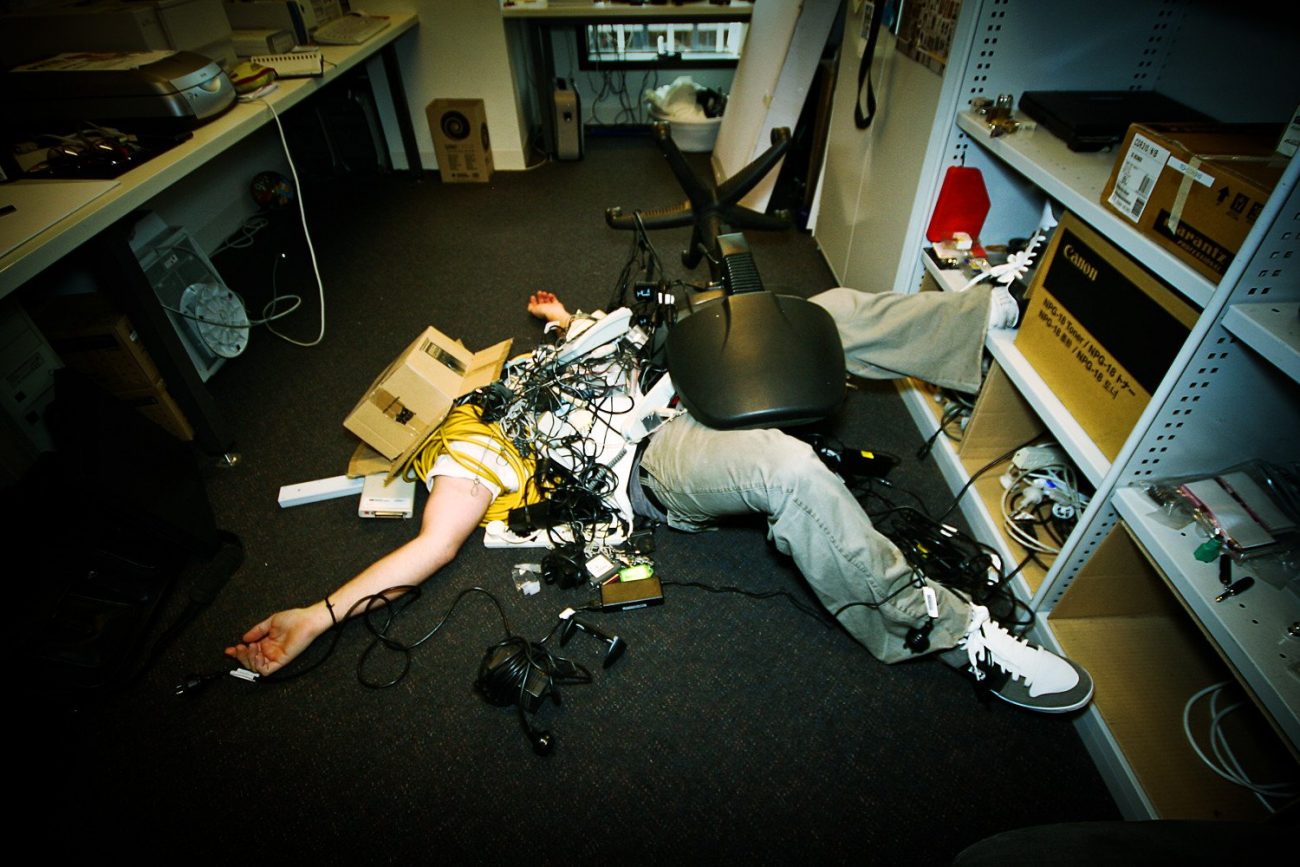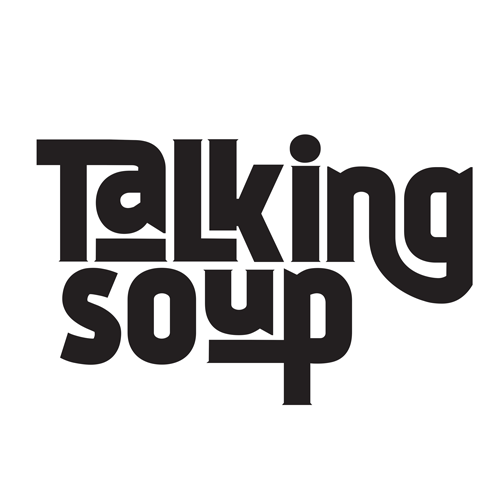When visual artist Tina Martel was diagnosed with Stage 2B breast cancer she decided to document everything. Throughout her treatment she created a stream of sketchbooks, photographs, paintings and video, in response to and frequently in spite of what was happening to her. Below is an excerpt from Not in the Pink, a “graphic narrative” of the pain, frustration and frequent hilarity of her day-to-day dealing with the eccentricities and bureaucracy of the medical system.
Before I can even sit down my family doctor says: “The biopsy has come back. You have breast cancer.”
He says: “This is not my area. The Cancer Centre will call you.”
All I can think is, shouldn’t he give me a pamphlet or something?
As I leave he says: “Don’t go on the internet.”
I sweep into the waiting room where my husband, Doug, is sitting patiently in a chair. Waiting. Through my numbness I remember that I am supposed to be at a reception. The college I work for has visiting dignitaries and they are waiting for me to start the speeches. When I slipped out for my test results I am fairly certain I told them I’d be right back. How long will they wait?
How much longer will I have to wait?
I have already been waiting for what seems like forever. Four months ago I found a lump. I have had a few over the years. I experience minor anxiety. I have them checked. They prove to be nothing.
This one is different. From its first appearance I know it. Deep in that part of you that knows when things are off centre. I make the appointment. And wait. During that time Mr. Lump and I become quite close. Sometimes he wakes me in the night because he aches. There is a dangerous myth: if it hurts, it is not cancer. Don’t believe it. Over the next several months, I learn this is the first of many myths.
This time, after the usual mammogram and ultrasound, the doctor wants a biopsy. A core needle biopsy. It is less intrusive, he says. I remind myself of that when the radiologist comes at me with the needle. I use the term “needle” loosely. In art school I once put a nail from a pneumatic nail gun through my hand while I was making stretcher frames, attaching myself to the frame and giving an entirely new meaning to the artist becoming one with the work. This gun is only slightly less frightening. Spring loaded and firing needles at least six mm in diameter, it takes core samples — five or six of them — about the size of a grain of rice.
After the first two samples I say I don’t think I have enough anesthetic. I am not frozen and each small pinch they promised is a full blown punch to my breast. After the third, I am backed up on the table, on all fours, scrambling as far away as possible. It is a standoff. I may even be hissing. I threaten the radiologist: come near me again and I will rip your arms off and beat you to death with them. He eyes me warily and it occurs to me I have slipped into wild-eyed lunatic territory.
It takes only a few minutes to refreeze and there is mild discomfort as they finish.
That was several weeks ago and now I am in the parking lot breaking the news. Although Doug came with me to the appointment I did not think to have him in the room. It will be the last time either of us makes that mistake.
We drive home and I abandon the idea of returning to the reception. What would I do there? Shake hands. Smile. Tell everyone I am sorry if I seem a little distracted. I have just been diagnosed with breast cancer. Doug settles me on the couch with a blanket. My colleague and good friend Laura calls frantic with worry as soon as she gets home from the reception. Only when she tells me she covered for me do I realize I didn’t let anyone know I wasn’t coming back. For the first time I have to say the words to someone other than Doug: I have cancer. Laura is angrier than I am. I don’t really believe it. This must be happening to someone else because I am certain I am at the reception doing my job.
The next day I am back in the studio teaching my drawing class, remarking about the quality of this line, or that shadow, about adding this or that element. I sit on the floor with the students and talk about art and being an artist. I have split myself into two people. One has cancer. One is here in this room. I can’t reconcile the two versions.
I compare it to being hit by a truck. You are walking along, whistling a jaunty tune. Never mind that I can’t whistle. Never could. My one aborted attempt to teach my pet cockatiel to wolf whistle sent my mother into gales of laughter. Suddenly you are staring at a huge grill plate, your face frozen like Wile E Coyote’s just before the truck flattens him. Poor Wile E Coyote. His expression, week after week, of surprise, pain, then resignation. Nothing ever worked out the way he planned. You are waiting for the resignation to kick in. You don’t even have a plan. And you should have one. Why don’t you?
Another sleepless night. I roll over in bed vainly attempting to find a position that gives me at least a modicum of comfort: on my stomach, my hand hanging a few inches off the floor. For the first time in countless years, the gap under the bed holds no fear for me. The monster that lives there has abandoned his long-held post. There is no chance he might grab my hand in the night. He now resides on top of the bed. And he’s brought his friend, the closet monster. They both perch silently. Eyes glowing balefully. We watch each other. I have always known monsters were real. Now they simply go by other names.
‘Not in the Pink’ was chosen as a finalist in the The International Book Awards 2015 spanning 15 countries and 1200 entries. It is available for purchase here.
You can follow Tina Martel @notinthepink
Tina Martel is a Canadian artist whose practice includes mixed media, painting, drawing, books, photography, installation and video. Born and raised in Saskatchewan, she began drawing at the age of four, and later, (much later) received a Master of Fine Arts from the University of Calgary and a Bachelor of Fine Arts from the Alberta College of Art and Design. She has been the recipient of numerous grants and awards and has exhibited across Canada, the United States and in Europe. She has been teaching fine arts in the post-secondary system for the last 15 years. This is her first book.
